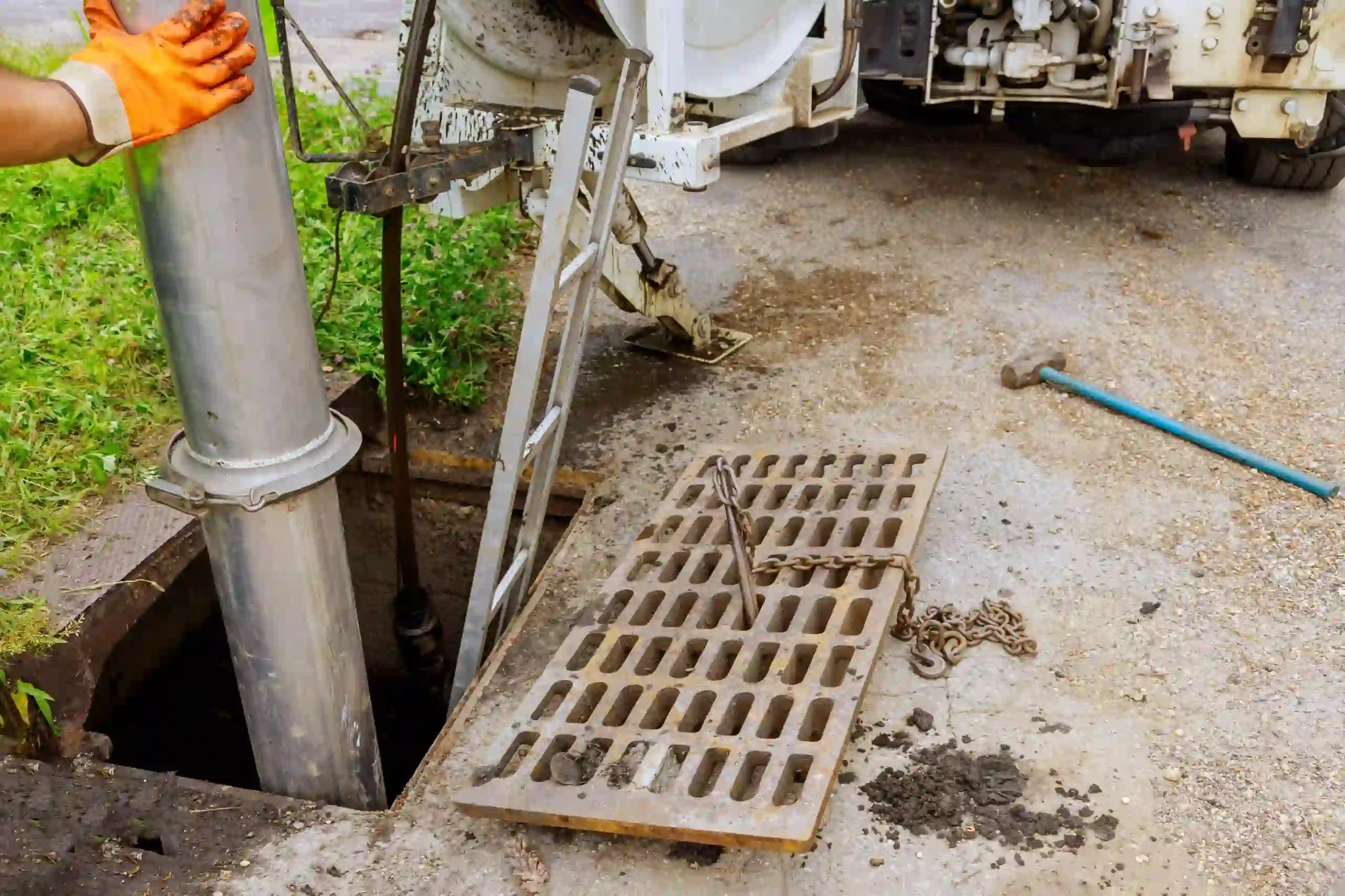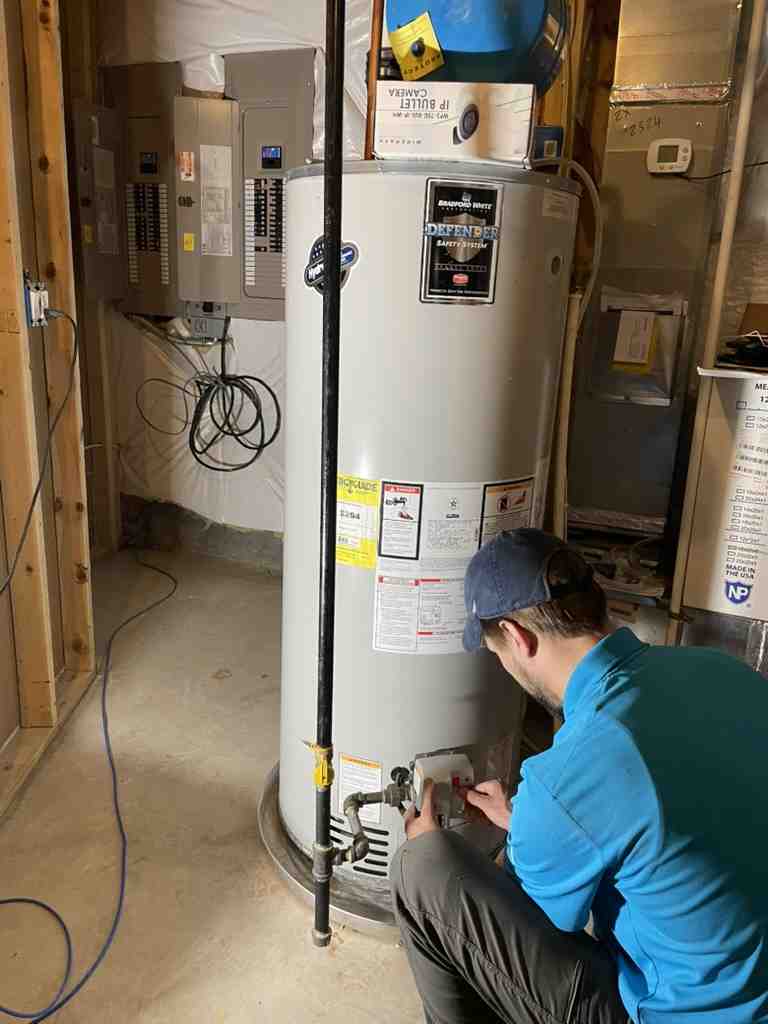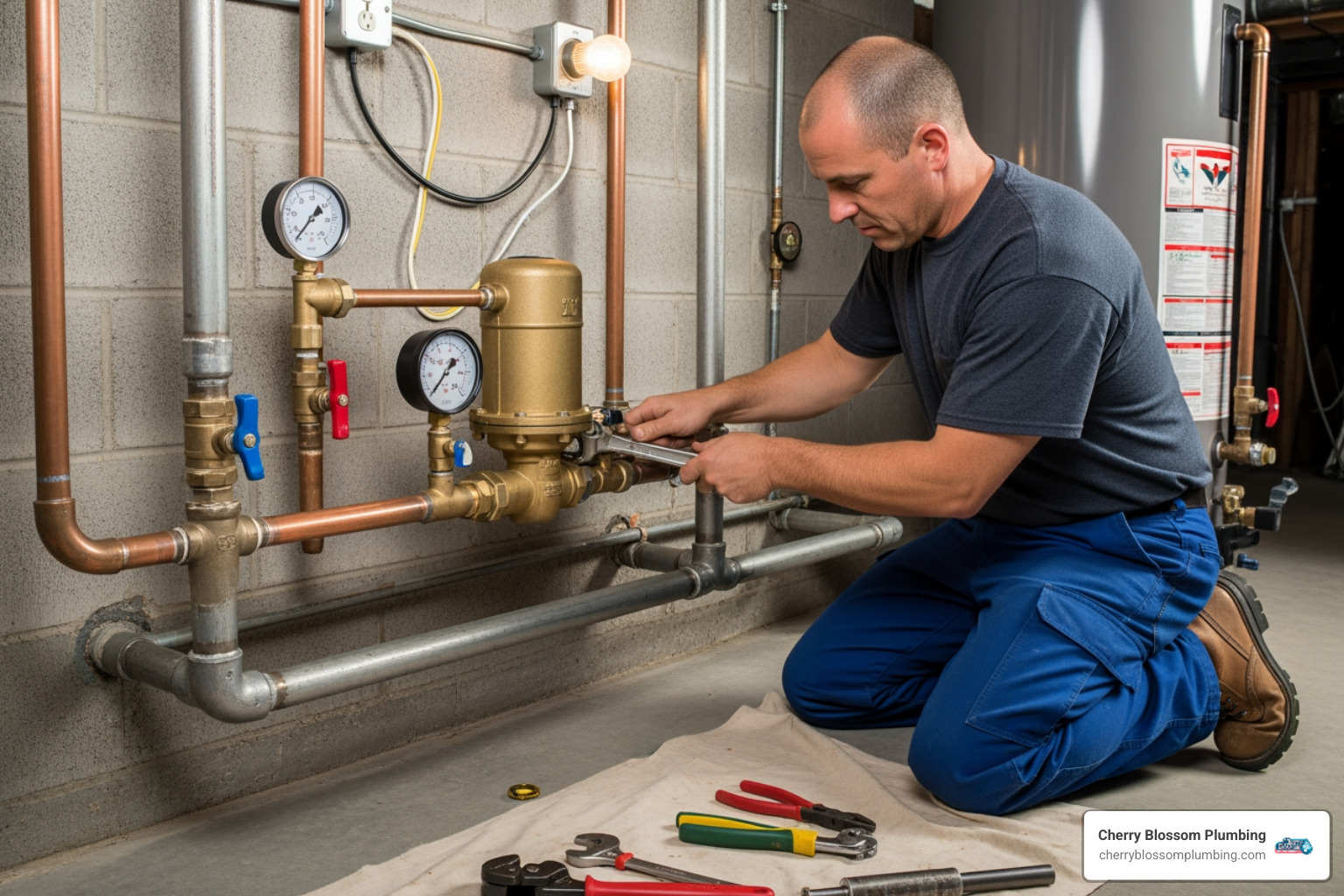
Water damage is a homeowner's nightmare, causing extensive property damage, costly repairs, and concerns about mold and mildew growth. A well-maintained and fully functioning sump pump system can play a crucial role in protecting your home from the devastating effects of water damage, especially in flood-prone areas. Sump pump repair and installation, when done by a certified plumbing expert, ensures the ongoing reliability and optimal performance of this critical home waterproofing system.
A sump pump is a specialized device designed to remove excess water from basements, crawlspaces, or any other low-lying areas vulnerable to flooding. The pump is typically installed in a sump pit or basin, which collects water from the surrounding soil or floor drains. When the water level reaches a certain point, the sump pump activates and discharges the water to a safe location away from your home's foundation.
The Importance of Sump Pumps in Home Waterproofing: How They Protect Your Property
Sump pumps are essential components in keeping your home safe from the damaging effects of flooding and water intrusion. By actively removing excess water, sump pumps play a crucial role in home waterproofing, protecting your property, and preventing a host of water-related issues:
- Structural damage: Excess water can undermine your home's foundation, weaken structural elements, and potentially lead to costly repairs.
- Mold and mildew growth: Moisture in your basement or crawlspace can create ideal conditions for mold and mildew growth, leading to health issues and potential damage to your property.
- Electrical hazards: Water intrusion can cause short circuits, damage electrical systems, and pose a serious risk to both your home and its occupants.
- Pest infestation: Damp environments can attract pests such as rodents, insects, and termites, leading to further property damage and potential health concerns.
Common Sump Pump Problems and Solutions: Recognizing the Signs of Malfunction
Regularly monitoring your sump pump's performance can help identify problems and avoid potential water damage. Some common sump pump issues and their solutions include:
- Clogged/disconnected discharge pipe: Ensure the discharge pipe is clear of debris and properly connected to prevent water from backing up into your basement or crawlspace.
- Pump failure/malfunction: Test the sump pump regularly by pouring water into the sump pit to ensure it's operational. If the pump fails to activate or doesn't drain the water efficiently, it may require repair or replacement.
- Power outage: Consider upgrading to a sump pump with a battery backup system, which will provide continued operation even during power outages.
- Inadequate pump capacity: If your sump pump is unable to keep up with the volume of incoming water, consult a professional about upgrading to a larger capacity pump or installing an additional pump.
- Float switch issue: Ensure the float switch is unobstructed and functioning correctly. A faulty switch may cause the pump to either not activate or run continuously, limiting its effectiveness and leading to potential damage.
Sump Pump Maintenance Best Practices: Tips for Prolonging Your Pump's Lifespan
Proper sump pump maintenance can extend the life of your system and enhance its performance in protecting your home. Follow these maintenance best practices to keep your sump pump in optimal condition:
- Regularly check for debris: Inspect the sump pit, pump intake, and discharge pipe for accumulated debris, which can obstruct the pump's operation.
- Test the system: Pour water into the sump pit until the float switch activates the pump. If the pump doesn't turn on or struggles to remove the water, it may require professional attention.
- Inspect electrical connections: Ensure that the pump's power cord and connections are secure, undamaged, and free from corrosion.
- Clean the pump and pit: Periodically clean the pump and sump pit to remove any buildup of sediment, debris, or mineral deposits that could impact performance.
- Schedule professional maintenance: Arrange for periodic professional inspections and maintenance to keep your sump pump system in optimal working order.
Pedestal vs. Submersible Sump Pumps: Comparing Types and Advantages
When considering sump pump repair or installation, it's essential to understand the differences between the two main types of sump pumps: pedestal and submersible.
- Pedestal sump pumps: These pumps feature an above-water motor mounted to a column with a hose or pipe extending to the sump pit. Pedestal pumps tend to be more cost-effective and have longer lifespans. However, they can be more challenging to conceal and may be less efficient in removing large volumes of water.
- Submersible sump pumps: These pumps are designed to operate entirely submerged in water within the sump pit. Submersible pumps typically offer quieter operation and greater efficiency and are easier to conceal. However, they tend to come with a higher price tag and a shorter lifespan compared to pedestal pumps.
When selecting a sump pump type, consider factors such as installation location, aesthetic preferences, noise constraints, and the volume of water your system will need to handle.
Conclusion
The importance of sump pump repair and installation cannot be overstated when it comes to protecting your home from water damage. By understanding the role of your sump pump, recognizing common issues, and following maintenance best practices, you can help safeguard your home and prolong the life of your sump pump system. For expert sump pump services in Arlington, trust our team at Cherry Blossom Plumbing to provide exceptional, reliable, and professional assistance tailored to your unique needs.
Customer Testimonials
Cherry Blossom Plumbing has consistently provided top-notch service, ensuring every issue is resolved efficiently and professionally.







